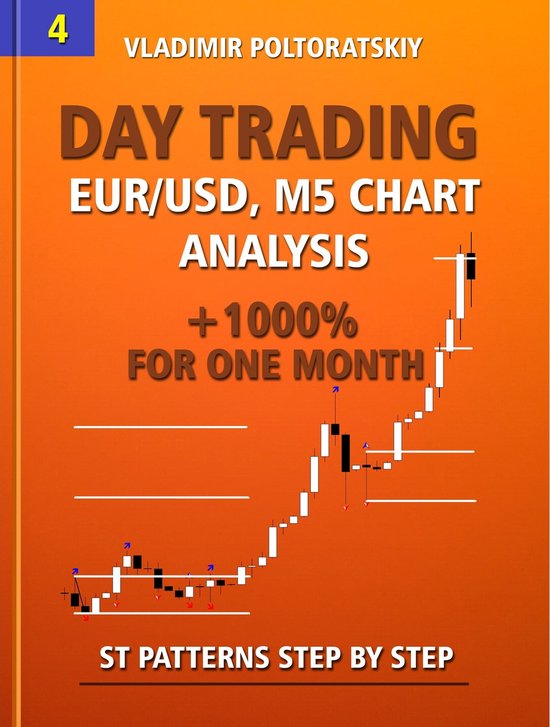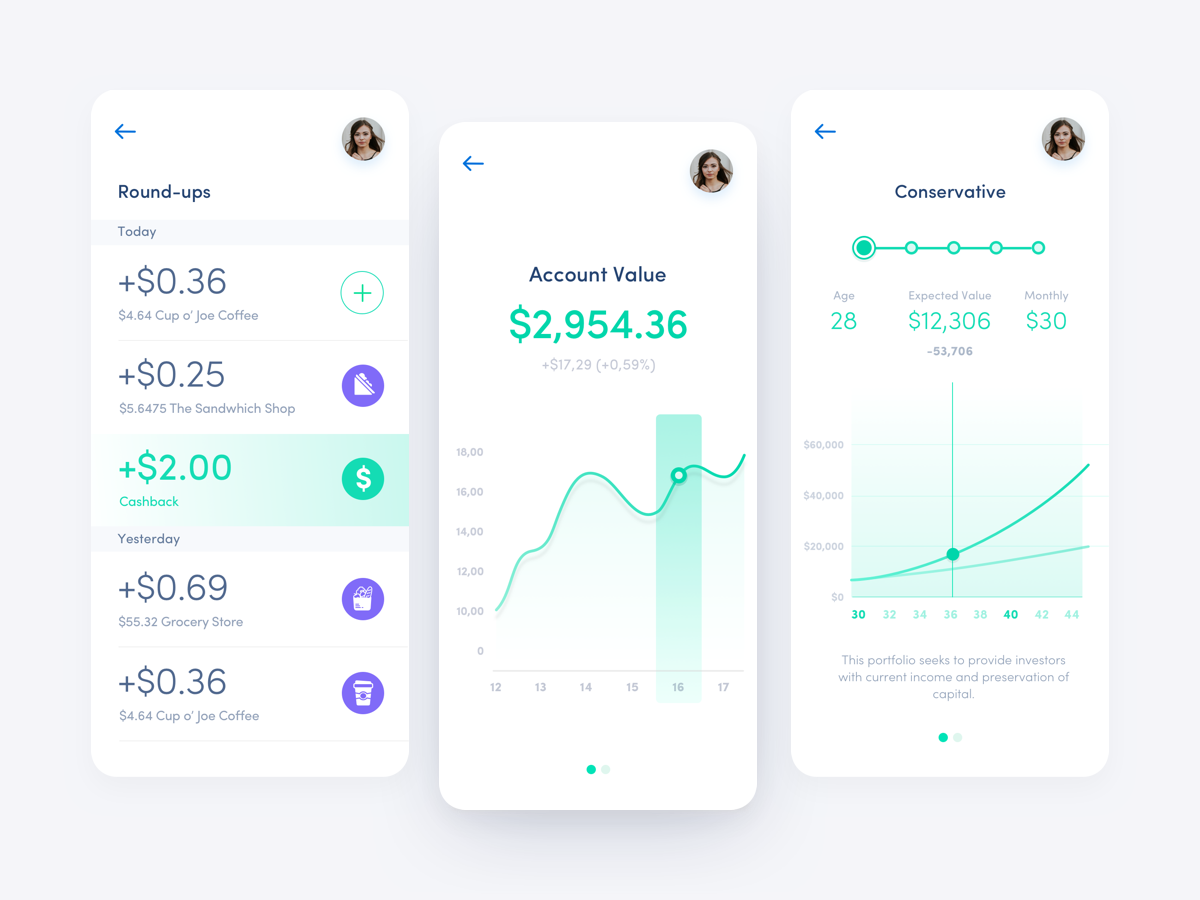
Forex trading is not for everyone. There are many things to be aware of before you get started. This article will cover everything from Intraday strategy training to figuring out which Currency pairs to trade with a small amount of money. It will also touch on trading fees and spreads and how to create a risk management plan. The article will give you an in-depth understanding of day trades. These simple tips will help you feel confident about your ability to make money in the forex market.
Training in Intraday Strategy
Discipline is required to master forex day trading strategies. Traders in this industry must be able to monitor technical and fundamental indicators as well as market sentiment to identify opportunities and determine price movements. It is possible to make a ton of money with a small stack of chips, but a lot of risk is associated with the trade. Intraday trading requires that you monitor prices and not react to emotions. This article will give you some tips and tricks for success.
Before you start your forex trading career, it is important to determine your risk tolerance. Your trading decisions will be affected greatly by your risk tolerance. A trading strategy that suits your risk level is based on this factor. Short-term trading strategies, for example, can be more risky than long term ones because they require more trades. If you want to minimize risk, trading simulators and backtesting can be a great way to test new strategies.

Currency pairs suitable to trade with a small amount of money
For beginners, the US dollar is a good currency pair. The Swiss franc is another. Although Switzerland has a small economy, it is a very popular currency pair due to the stability of its government and financial system in times of economic uncertainty. Although the pair isn’t as liquid or popular as other major currencies, it is still a popular choice for traders. If you don't have much money to invest in this pair, it might not be the right option for you.
The US dollar is a pair that has low volatility but high liquidity. The Asian market is a frequent place for the US dollar and the Japanese yen to trade. The Bank of Japan as well as the US Federal Reserve set the exchange rates for these two currencies. The export value from Australia is also a factor that influences the price of these currencies. It's easier to choose the right pair, as with many currency pairs.
Spreads and trading fees
In the stock market, day traders typically purchase stocks, options, or futures contracts. Other instruments include currency, commodities, interest rate, and stock market index futures. Scalping is an intraday trading strategy that allows day traders to trade at different times throughout the day. They are charged a commission based on the difference between the ask and the bid prices. These fees can reduce the number of returns you get.
Day trading is expensive because of the high transaction costs. These costs include trading fees, commissions, taxes, and other fees. To purchase or sell security, you must pay these fees. These fees are an inevitable part of day trading. Day traders must take the time necessary to thoroughly research the information and make informed decisions before investing. It is clear that day trading costs are higher than many investors believe.

A risk management strategy
An effective risk management strategy when forex day trading is successful involves setting goals. You can avoid frustration and make trading more efficient by setting realistic goals. You can also break down your goals into smaller pieces to make them more achievable and less stressful to achieve. You can also use a risk management strategy to minimize the impact of losses and maximize your profits. Once you have established your goals you can create a plan to reach them.
Your overall success is dependent on your ability to develop a risk-management strategy for Forex day trading. While a successful trading strategy is crucial, taking on too much risk in any single trade can significantly reduce the value of your system. Risk management strategies can help you reduce your overall risk exposure while maximizing your trading profits. The risk management PDF explains everything in simple language.
FAQ
What is the trading of securities?
Stock market: Investors buy shares of companies to make money. Companies issue shares to raise capital by selling them to investors. These shares are then sold to investors to make a profit on the company's assets.
The price at which stocks trade on the open market is determined by supply and demand. The price rises if there is less demand than buyers. If there are more buyers than seller, the prices fall.
Stocks can be traded in two ways.
-
Directly from the company
-
Through a broker
What is security?
Security is an asset that generates income for its owner. Most common security type is shares in companies.
A company could issue bonds, preferred stocks or common stocks.
The earnings per share (EPS), and the dividends paid by the company determine the value of a share.
Shares are a way to own a portion of the business and claim future profits. You receive money from the company if the dividend is paid.
Your shares may be sold at anytime.
What is a bond?
A bond agreement between two parties where money changes hands for goods and services. It is also known by the term contract.
A bond is typically written on paper and signed between the parties. The bond document will include details such as the date, amount due and interest rate.
When there are risks involved, like a company going bankrupt or a person breaking a promise, the bond is used.
Sometimes bonds can be used with other types loans like mortgages. This means the borrower must repay the loan as well as any interest.
Bonds can also raise money to finance large projects like the building of bridges and roads or hospitals.
A bond becomes due upon maturity. This means that the bond owner gets the principal amount plus any interest.
Lenders can lose their money if they fail to pay back a bond.
Statistics
- Ratchet down that 10% if you don't yet have a healthy emergency fund and 10% to 15% of your income funneled into a retirement savings account. (nerdwallet.com)
- Our focus on Main Street investors reflects the fact that American households own $38 trillion worth of equities, more than 59 percent of the U.S. equity market either directly or indirectly through mutual funds, retirement accounts, and other investments. (sec.gov)
- The S&P 500 has grown about 10.5% per year since its establishment in the 1920s. (investopedia.com)
- Individuals with very limited financial experience are either terrified by horror stories of average investors losing 50% of their portfolio value or are beguiled by "hot tips" that bear the promise of huge rewards but seldom pay off. (investopedia.com)
External Links
How To
How do I invest in bonds
You will need to purchase a bond investment fund. Although the interest rates are very low, they will pay you back in regular installments. This way, you make money from them over time.
There are several ways to invest in bonds:
-
Directly buy individual bonds
-
Buy shares of a bond funds
-
Investing via a broker/bank
-
Investing through an institution of finance
-
Investing through a Pension Plan
-
Invest directly with a stockbroker
-
Investing through a mutual fund.
-
Investing through a unit-trust
-
Investing via a life policy
-
Investing with a private equity firm
-
Investing using an index-linked funds
-
Investing through a hedge fund.